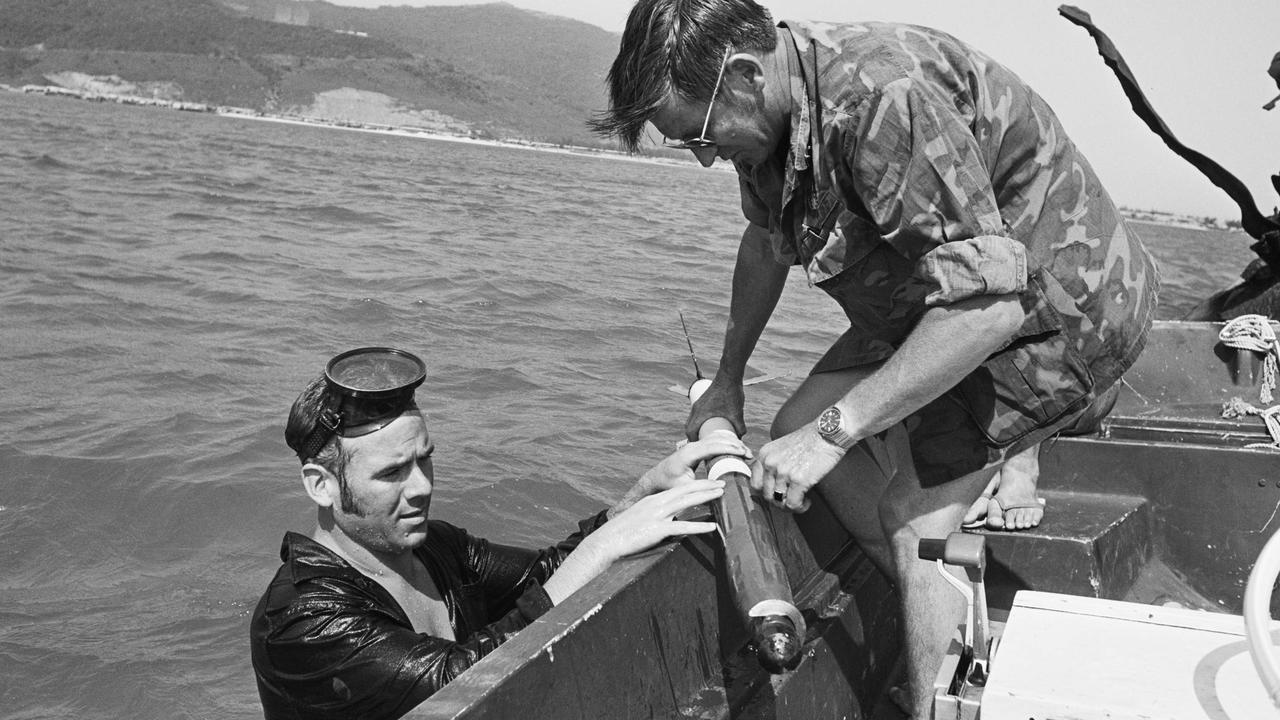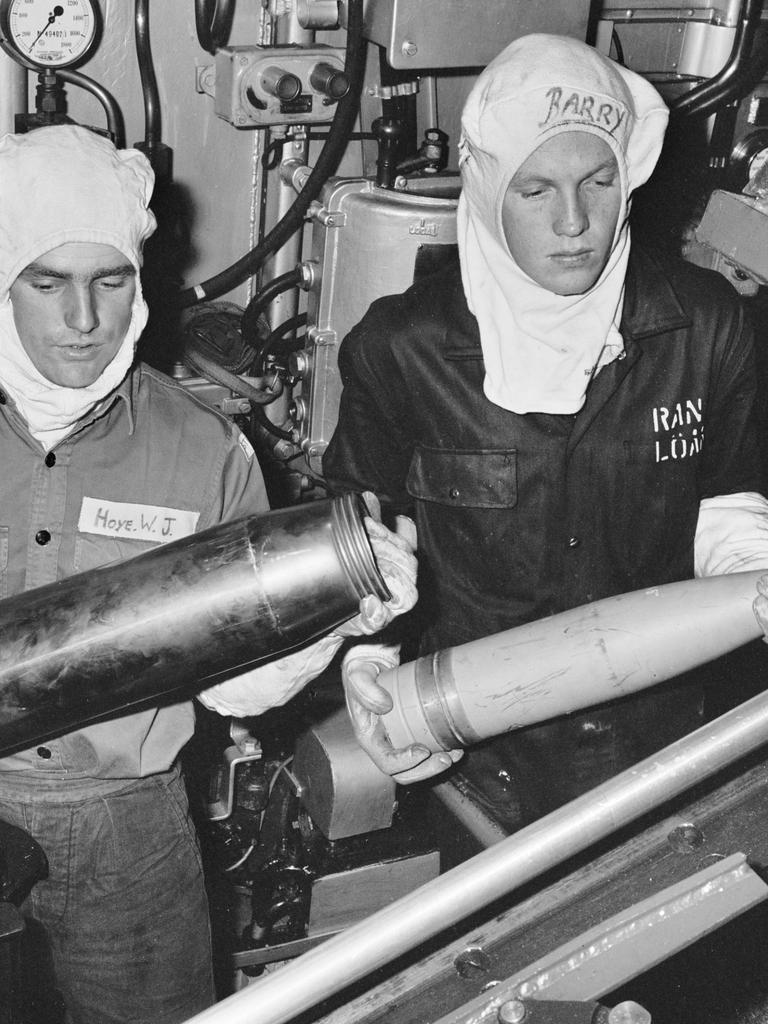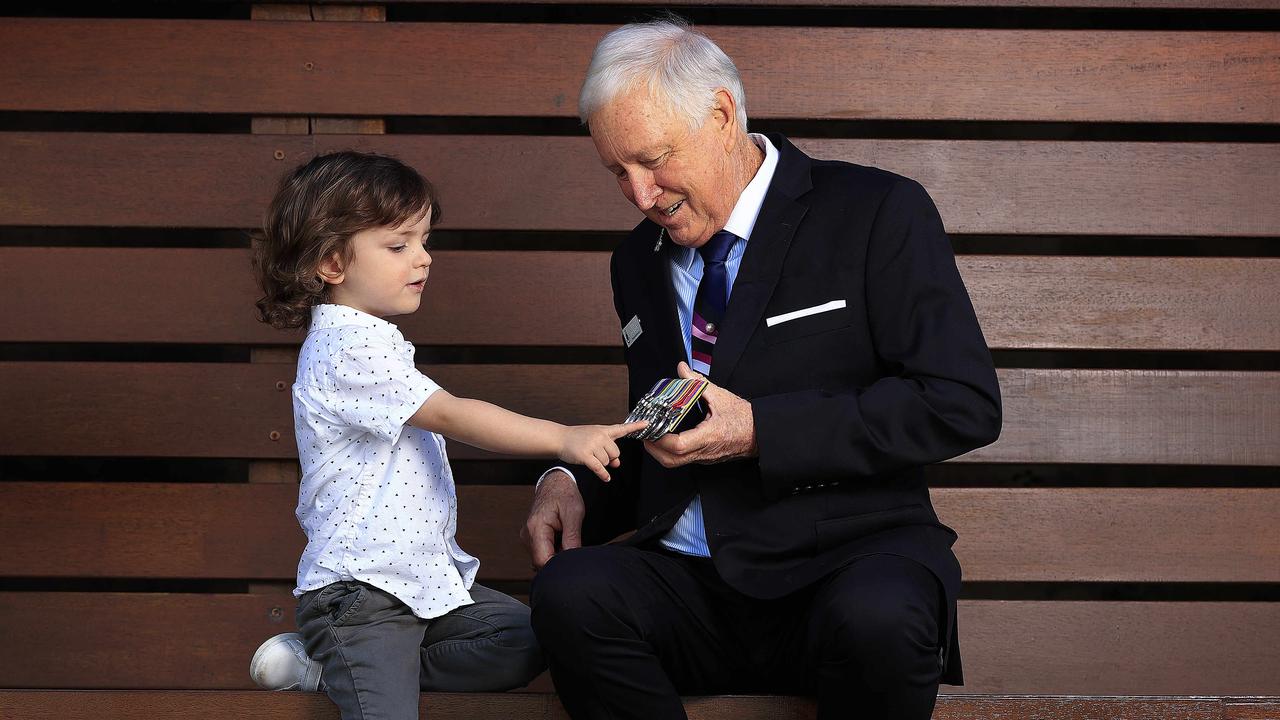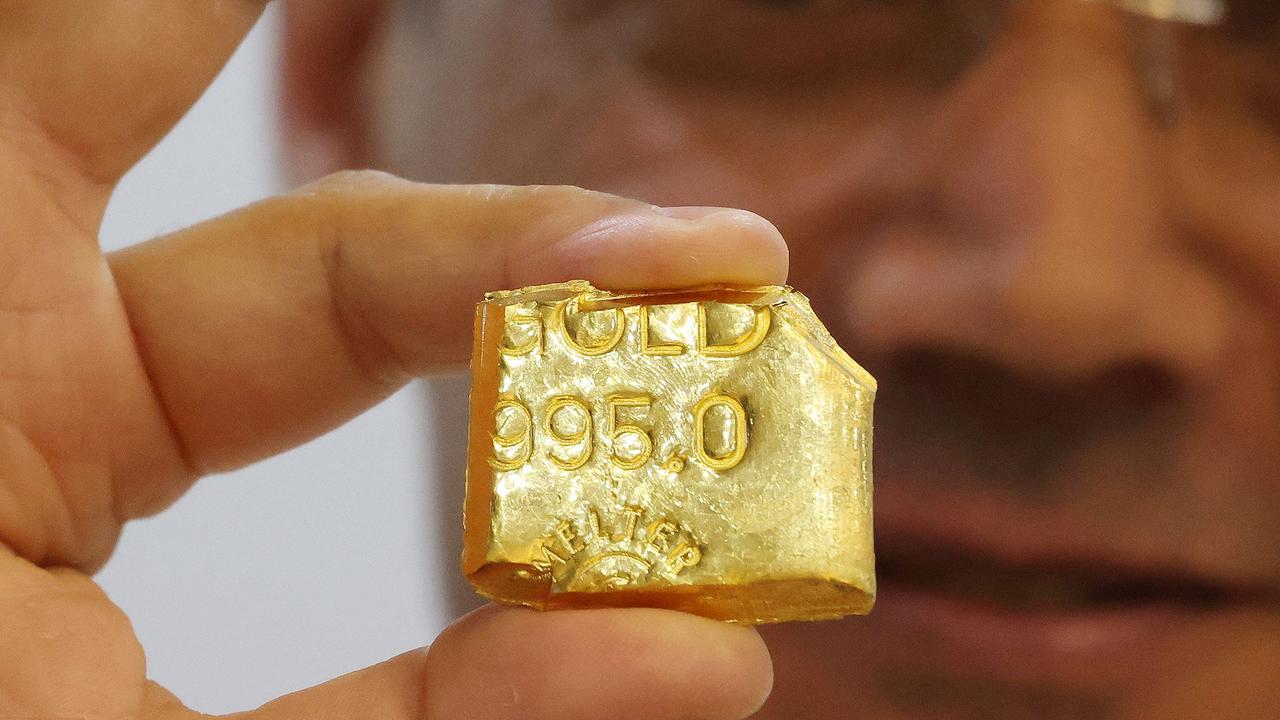A fateful decision at 16 turned into a lifelong voyage of service for Ray Lastelle
Ray Lastelle, was only 16 when he signed up for military service, and got a whole lot more than he bargained for when sailing into Vung Tau Harbour.

Sponsored
Don't miss out on the headlines from Sponsored. Followed categories will be added to My News.
Looking for a way out of the classroom, Ray Lastelle, was only 16 when he signed up for military service in 1963.
“I had enough of school and I just wanted to get out and do something, so I applied for two jobs – a jackaroo on a cattle station and I applied for the navy. The navy came up first.”
It was this pivotal moment that set the stage for his lifelong commitment to serving his country in the Royal Australian Navy, marking 20 years as a permanent member, and a further 24 years with the navy Reserves.

During that time, he served in Vietnam – a period he is thinking about as Australia prepares to commemorate 50 years since the ending of our nation’s involvement in that brutal conflict.
With a modest disposition, Mr Lastelle acknowledges that certain aspects are not easy to discuss, (“Well, you don’t talk about all the bad stuff, of course”), but agrees that Vietnam was confronting. He was on frigate HMAS Derwent in 1966, giving logistics support to HMAS Sydney which was carrying troops from Australia into Vietnam.
“It was especially confronting sailing into Vung Tau Harbour. When you’re getting into enemy territory your ship has to be ready for any aggression. And the closer you get the more intense the state of readiness is.
“I went up on the deck when we were in Vung Tau Harbour. We were anchored and I could see across the long high hills and there were all these bombs going off and flashes and planes, and I thought ‘what’s going on over there? I hope they’re just training.’ But of course, it was real.”

Mr Lastelle, 76, recounts that even when they were not anywhere near the battlefield, the navy was always in danger of underwater attacks.
“We used to drop scare charges over the side every 20 minutes day and night just in case there was anyone in the water; divers could come along and stick a limpet mine on the hull of a ship. We used to have boats towing barbed wired around the ship, just in case anyone tried to swim up to the ship and plant a mine. It was little different than being at school, put it that way.”

Mr Lastelle said life in the navy as an electronics technician could be intense: sailors weren’t told of where they were heading, (“Well, it wouldn’t be hard for some smart spy or person in a pub to get information out of a young sailor”), and the senior officers kept the crew busy at all times.
“We worked every day, even Saturday and Sunday morning because they always wanted to keep us active. That was so you couldn’t spend time sitting around moping. I only understood that later.”
Recreational time on Sunday afternoon on-board were vital, providing the crew with much-needed respite and opportunities to bond.
“We would play tug-o-war, have quizzes or race days at sea and crossing the line ceremonies when you crossed the equator.” he said.
“In 1966, The Beatles’ Rubber Soul had come out, and we used to play it over the ship system. That was quite popular.”
When asked if he had any regrets about his military service, he responds firmly, “Never for a second.”
His unwavering commitment to his country and his sense of duty has remained steadfast throughout his years of service, despite the backlash service men and women faced upon their return from Vietnam.
“As I said, I’ve been in the military family, and my parents and uncles didn’t talk much about their experiences in the war,” Ray reflected, but the public’s sentiment post Vietnam was brutal.
“With TV, the war was now in everyone’s lounge room. Honestly, it was terrible, you never told anyone you’d been to Vietnam. It was sort of frowned upon. Well, that’s one of the main reasons the Vietnam War ended. In America, in Australia, there was so much public outcry because everyone reckoned that it wasn’t a war we should’ve been a part of. But if they read the history, South Vietnam asked for assistance and that’s why we were there.”

The anti-war reached fever pitch as Brisbane-born Mr Lastelle – who now lives on the Gold Coast – landed at Garden Island in Sydney, with superiors suggesting the crew should disembark in civilian clothes.
“The RSL’s didn’t really accept us, so personally when I left I didn’t do anything. I never went to any reunions or any Anzac Days. It wasn’t until the HMAS Sydney Association started, and they were mates of mine, that I thought I should get involved with that … and then thought I should be doing Anzac Day, just for parents anyway.”
None of his four children followed him into military service, and his youngest daughter Kristy Dickson, 32, is only just starting to piece together parts of his time in Vietnam.
“Dad mostly kept his war stories to himself, it’s only in the last few years we are starting to hear more about his time in the navy. He was only 19 years old serving for our country, I can’t imagine how terrifying that would have been.”
When Prime Minister Anthony Albanese presented Mr Lastelle with the commemorative medallion for his service in Vietnam recently, Ms Dickson watched as her father was “tearing up”.

“I would love to know more about his time in the navy, especially the Vietnam War but I understand that it still brings up a lot of emotions for him.”
Mr Lastelle had left the navy full time when his children were born, but ever the seaman, he inspired a great sense of adventure and strong work ethic in them.
“He was an entrepreneur while we grew up and always had lots of different businesses and in that way, we’ve all followed in his footsteps. We all have our own businesses or side hustles, and have taken on his creativity. He also used to be a recreational diver in the Sea World show during school holidays and my brother now works as a diver at Sea World himself. We all look up to and respect our Dad so much,” said Ms Dickson.
“His favourite party trick when we were growing up was to tell us to ‘fall in’ which essentially was us four kids lining up in a military fashion and shouting our birth number ‘one’, ‘two’, ’three’, ‘four’! It always got a lot of laughs from family and friends, particularly if they were his navy friends.”
For Mr Lastelle, who retired as a Chief Petty Officer Electronic Technician Communications, the camaraderie forged in the service holds a special place in his heart.
“It’s pretty hard to explain unless you actually experienced it. Once you’re in the service, you’re always in the service.”









